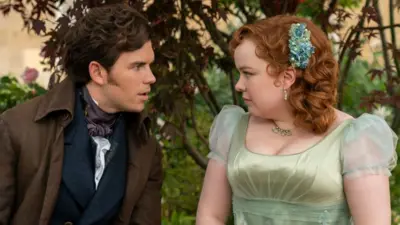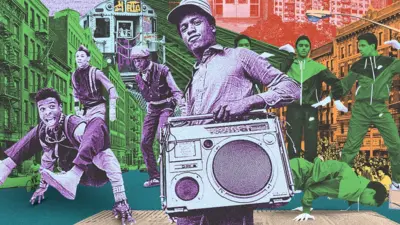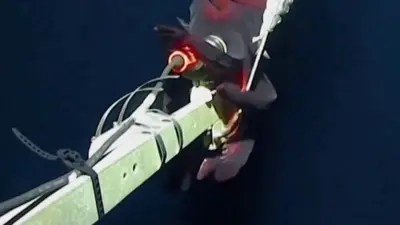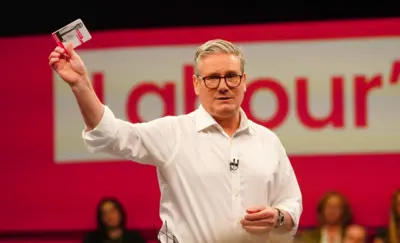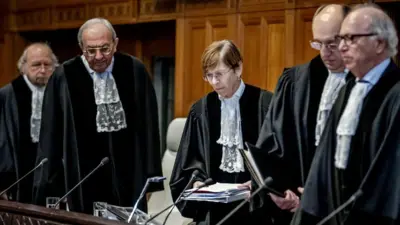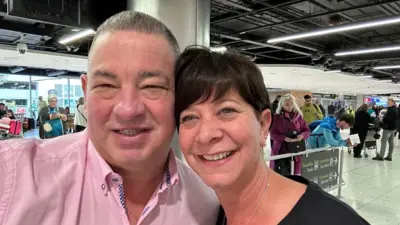We've updated our Privacy and Cookies Policy
We've made some important changes to our Privacy and Cookies Policy and we want you to know what this means for you and your data.
Jen Reid: Bristol Black Lives Matter statue removed
A sculpture of a Black Lives Matter protester has been removed from the plinth where a statue of slave trader Edward Colston once stood.
The sculpture of Jen Reid was erected on Wednesday but removed by Bristol City Council just over 24 hours later.
Ms Reid had been photographed standing on the empty plinth after the Colston statue was pulled down during protests.
Mayor Marvin Rees said it was up to the people of Bristol to decide what would replace Colston's statue.
Bristol City Council contractors removed the sculpture of Ms Reid and took it away in the back of a lorry by 05:30 BST on Thursday.
Image source, EPA
The black resin statue of Ms Reid, called A Surge of Power, was created by artist Marc Quinn and designed to be a temporary installation to continue the conversation about racism.
He said he was inspired to create it after seeing an image of her standing on the plinth with her fist raised during the Black Lives Matter protest on 7 June.
Mr Quinn then contacted Ms Reid through social media and they worked together on the statue, which was erected shortly before 04:30 on Wednesday.
Ms Reid said she had felt an "overwhelming impulse" to climb on to the plinth during last month's protest, and the sculpture "is about making a stand for my mother, for my daughter, for black people like me".
Image source, PA Media
Speaking in a Facebook Q&A, Mr Rees said it was important to gauge people's opinions on a replacement for the Colston statue, but he felt an empty plinth was "a very powerful statement at this time".
He told BBC Radio 5 live that how race was navigated in the UK was a "delicate balance", adding: "Running around provoking debate without any awareness of the potential consequences of that debate is not OK.
"We have to approach things with wisdom, which is why we've set out a process that revolves around a history commission telling the full story of Bristol so that the city is much more informed and is in a better position to collectively decide who it wants to honour and where."
Image source, PA Media
The mayor previously said the sculpture was "the work and decision of a London-based artist" and permission was not requested for it to be installed.
The authority tweeted to say the sculpture of Ms Reid would be held at its museum "for the artist to collect or donate to our collection".
Mr Rees said he would "really welcome a contribution" from Mr Quinn as it had cost the authority money to remove the statue.
Protesters used ropes to pull the Colston statue, which had been at the city centre site since 1895, from its plinth last month.
It was then dragged to the harbourside, where it was thrown into the water at Pero's Bridge - named in honour of enslaved man Pero Jones who lived and died in Bristol.
The council later retrieved the statue, and said it would be displayed in a museum along with placards from the protest.
Image source, Reuters
Why did statues become targets at anti-racism protests?
Statues and memorials became a target of the widespread international protests against racial inequality that followed the death of George Floyd in police custody in Minneapolis. How much do you know about these statues and why they are controversial?
Choose an option for each question below to reveal the answers.
What information do we collect from this quiz? Privacy notice.
Top Stories
Features & Analysis
Most read
Content is not available
